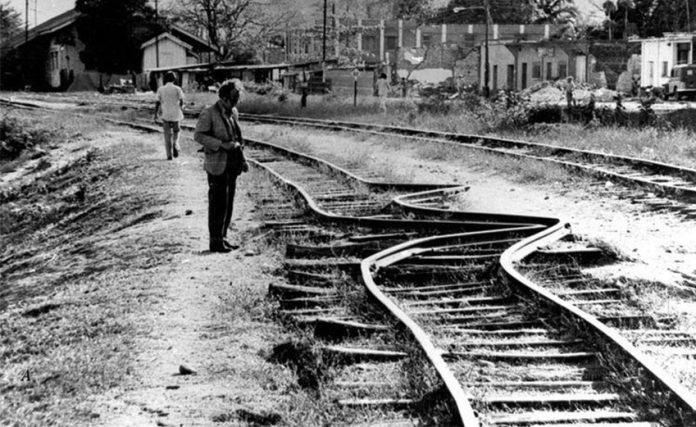The only aspect of my life that is likely to garner a mention in Ripley’s Believe it or Not is my relationship with earthquakes.
I am, statistically speaking, possibly the only person around who can claim to have been in not just one but two Big Ones — Guatemala in ’76 and Mexico in’85. The former took 25,000 souls, and the latter about 8,000.
Fortunately Monday’s earthquake was a lot less lethal but I, survivor of at least a personal Earthquakedemia, may be a carrier of “Earthquakeovid” and able to offer some perspective as a recovered patient. A survivor.
Having lived not only in Guatemala and Mexico, but also seismic-prone Peru and Ecuador, my status as a quakecarrier is only logical, especially when I frost my earthquake cake astrologically with birth in San Francisco, site of the Really Big One.
Twice I’ve been unmasked as a carrier: the first time saw my radio interview in San Diego on the topic abruptly shortened by one. The second saw me hustled out of Japan, by my host, where earthquakes are serious business. Monday’s Oaxaca quake, a rocker in Mexico, was just a “thudder” in Guatemala, where I am currently marooned.
Scientists have their Richter and Mercalli classification scales. My own classification system encompasses rollers, rattlers, and as mentioned, thudders.
A roller seems to come as a wave from a distance, passing by like a surfer’s missed wave. I remember one roller appearing to bend my kitchen wall inwards, only to straighten back upright as the wave passed. A rattler makes window glass rattle, often opening drawers and doors like a poltergeist.
A thudder, by far the most common, sounds and feels like someone has dropped a bag of cement on the floor nearby.
Peru, or at least Lima, has its unique “rock n roller,” being built on a bed of water-rounded alluvial rocks. A quake coming from the Pacific through Lima announces itself by an ever louder clicking of stones, and says adiós by a receding clicking into the Andes, much like the whistle on a distant train.
The same scientists who dote on Richter scales have their HQ bunker in Golden, Colorado. The National Earthquake Center hosts a fascinating website if you’re the kind who likes to handle spiders. They are an amiable bunch, many with seismographs at home, and welcome input. Their responses from someone in the field are often noticeably tinged with envy. Gee! and Wow! are big vocabulary words.
As in marathons, endurance matters. My Big One in ’76 was just 35 seconds. The Big One in ’85 three times that — a seeming eternity.
Monday’s Oaxaca quake had two silver linings. Mexico’s unique early warning system functioned well, if not 100%.
And you can now, if this was your first one, set yourself down on a cracker barrel by the stove in the winter and swap long and short Mexico tales, no longer just about traffic cops and exotic ailments, but now about quakes. “Well, when I was in Mexico …”
Carlisle Johnson is a journalist living in Guatemala and a frequent contributor to Mexico News Daily.
